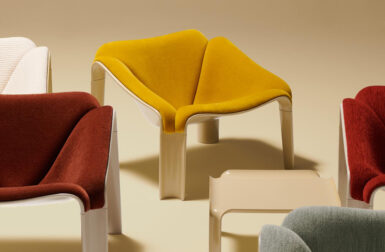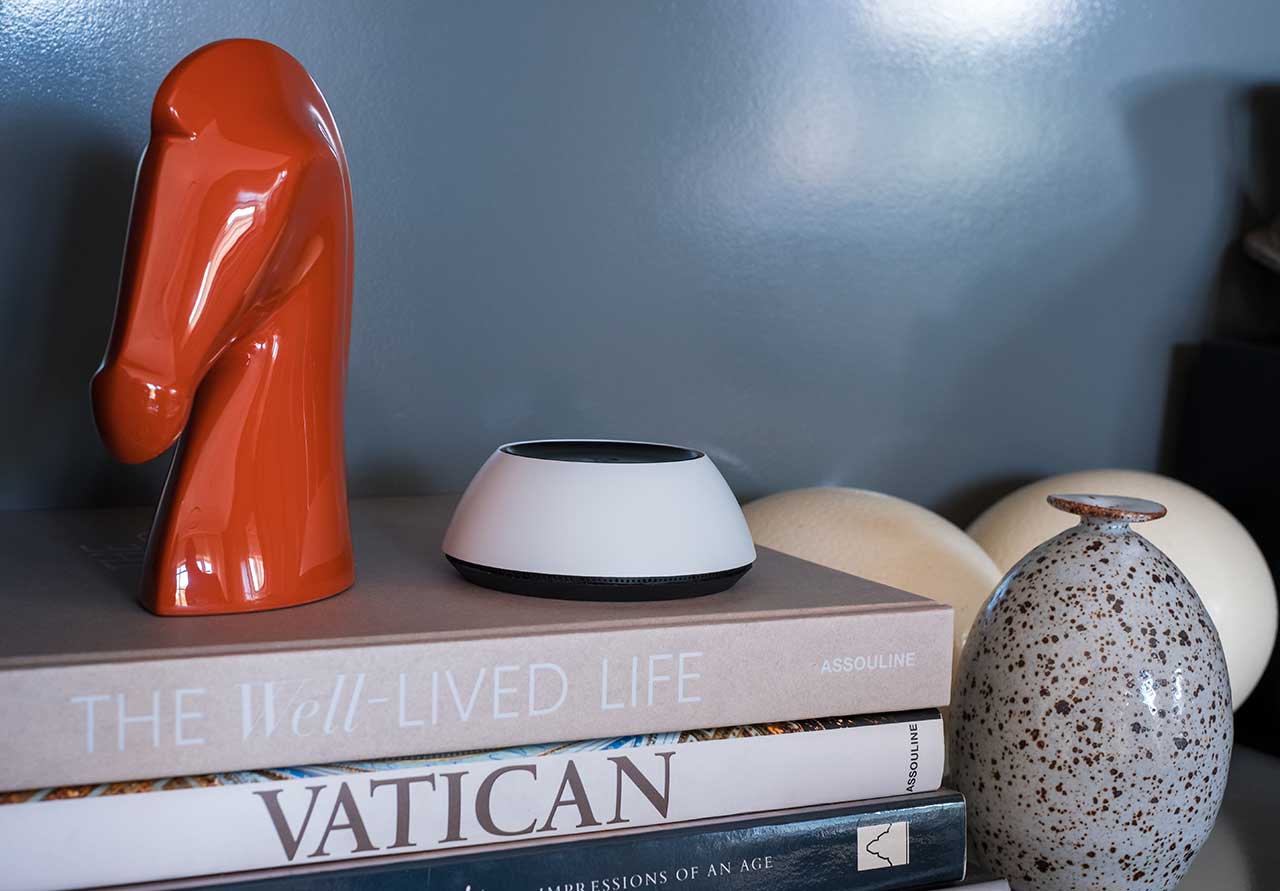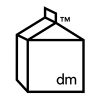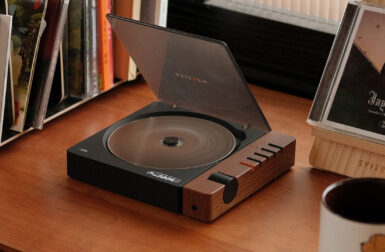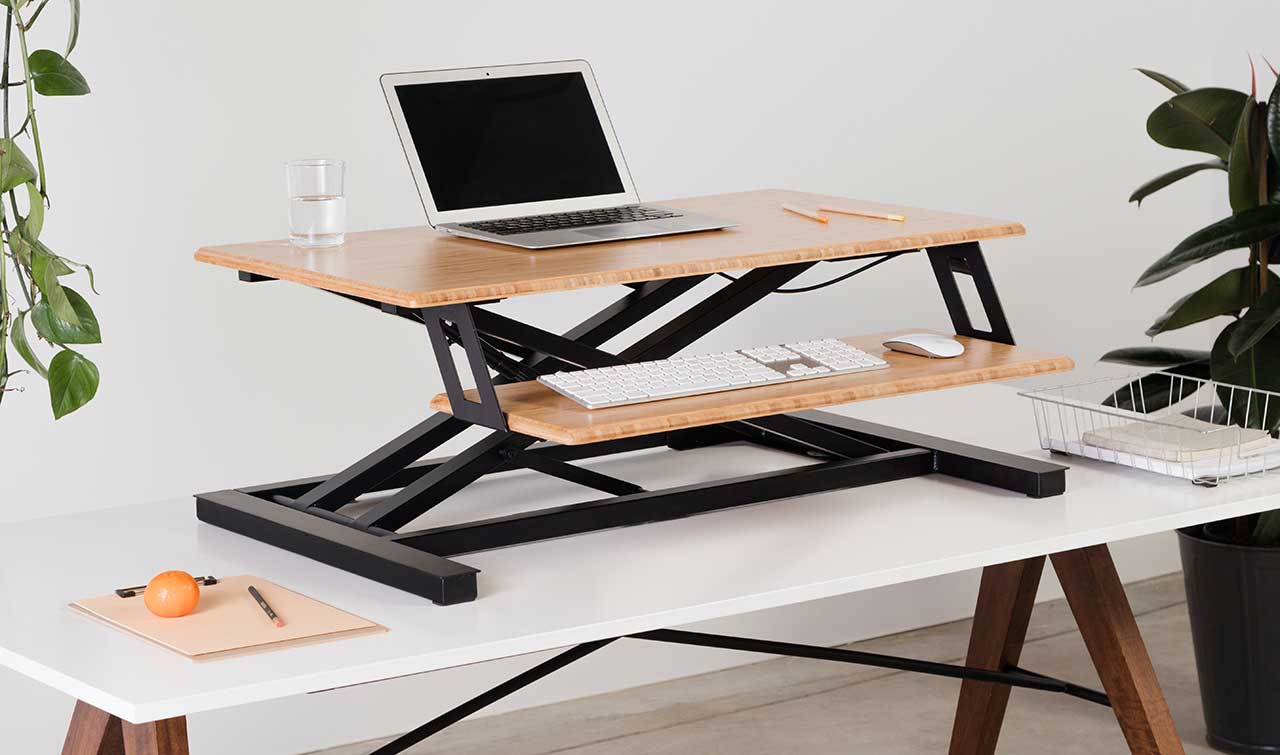
“Sitting for prolonged periods of time is the new smoking,” declares Nina Geromel, a Milwaukee-based doctor of physical therapy. “Prolonged sitting has been shown to adversely affect cholesterol and triglyceride levels,” she adds, “putting you at greater risk for strokes and cardiovascular disease.”
This is true even if you’re a physically active person who exercises regularly, she notes. In other words, if you’re seated at your desk all day working, sitting on a Peloton for an hour isn’t going to keep you healthy. Did you believe otherwise? Millions of Americans do.
Adding Easy Movement at Work
So what can you do for yourself or your design clients to remedy this situation? It makes sense to start with the simplest solutions first. Personal wellbeing coach and the author of Love Yourself Fit, Lisa Nordquist in San Diego, points out that “Standing is better than sitting and moving is better than standing.”
There are tasks like phone calls that you can perform pacing and even doing leg raises or gentle stretches with a cordless or cell phone. Is there a safe area within electronic reach of your desk where you can easily move around? Plan movement space into your home and projects.

Use your smart speaker or voice controller to turn up the music and dance! \\\ Josh.ai LLC \\\ Photo: Nicholas Freeman \\\ Wellness by Design (Tiller Press), © J. Gold
You can also set a timer to remind yourself to get up from your desk and move around for five minutes every hour. “A dance between drafts” approach to movement is keyed to tasks, rather than time, which could benefit those who need to concentrate on a project without interruption. After finishing a task – e.g., writing a blog post or editing a kitchen design’s lighting layout – turn up your smart speaker and move energetically to your favorite upbeat music. If you’re a designer, make sure your client office designs include a music source and floor space, too.
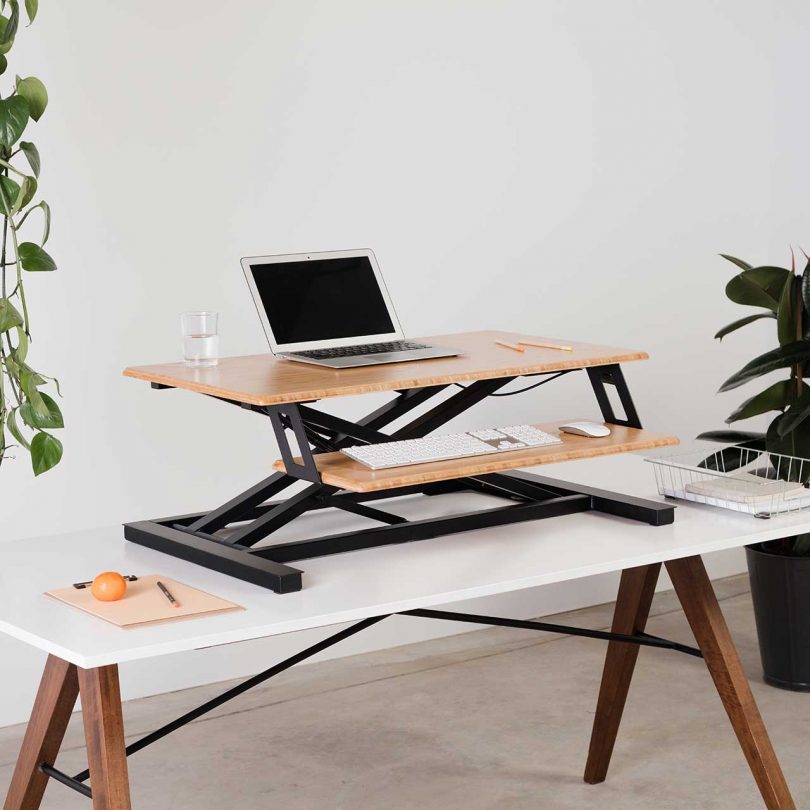
Desk risers create affordable, ergonomic sit/stand work or study stations. \\\ Ben Sellon for Fully \\\ Wellness by Design (Tiller Press), © J. Gold
Movement Elements in Work From Home Spaces
You can also design a home office or other work from home area to facilitate movement through the day. One easy approach is to add adjustable desk risers. These will allow a user to set their monitor and keyboard at ergonomic heights for standing or sitting while they work. It also has the advantage of adjustability for changing heights for both positions, and for users of different heights in a shared work or study space. There are numerous models on the market to accommodate different styles and finishes.

An adjustable height desk is favored by many designers for their flexibility. \\\ Herman Miller \\\ Wellness by Design (Tiller Press), © J. Gold
An alternative option is an adjustable height desk that can also let you work sitting or standing. These offer the same benefits as risers, but at a higher cost. If you are going to be standing for hours, or planning for your clients to do so, it could be worth looking into an anti-fatigue mat to stand on. These too come in a multitude of styles and finishes.

Anti-fatigue mats are kitchen staples, but work well with standing desks, too. \\\ GelPro Comfort Floor Mats \\\ Wellness by Design (Tiller Press), © J. Gold
For hardcore fitness enthusiasts, there are treadmill desks. They’re going to maximize movement, but aren’t for everyone, or for all work hours and tasks; computer aided or hand design, for example, would be challenging while walking or running. Phone calls, web research, Zooming, letter writing and other simple tasks can be mastered in motion with a learning curve. Some individuals might want a treadmill desk as a second option, not their main workstation, in a larger office.
Balance Elements in Work From Home Spaces
Engaging your core is another way to add movement to your workday. Balance balls, balance boards and balance seat accessories all provide this benefit, but they can also take time and skill to master. If you or your clients are considering them, start in a setting without sharp edges like a desk corner to get practice before adding them to an office setting.
Active chairs have a similar effect. They typically combine a small seat and tilting spring mechanism to keep your core activated. These also take practice, and may not be ideal for all types of work.
Final Thoughts
We don’t need to redesign our homes or our clients’ to add movement to daily living. It can be added to existing spaces – as we’ve seen with living rooms, bedrooms and garages multi-purposing as fitness areas during the pandemic.
Movement-enhanced fitness starts with intentionality, continues with establishing daily habits, and becomes a lifelong passion with a focus on well-being. Most important of all, regardless of their size or splendor, the places where we and our clients live can be allies in supporting our health, safety, comfort and functionality. Wellness and wellness design should not be just for the well-to-do.
Author: Jamie Gold, CKD, CAPS, MCCWC is a Mayo Clinic Certified Wellness Coach, wellness design consultant and the author of three books on design and remodeling. The latest, Wellness by Design: A Room-by-Room Guide to Optimizing Your Home for Health, Fitness and Happiness, (Tiller Press) published September 1.

